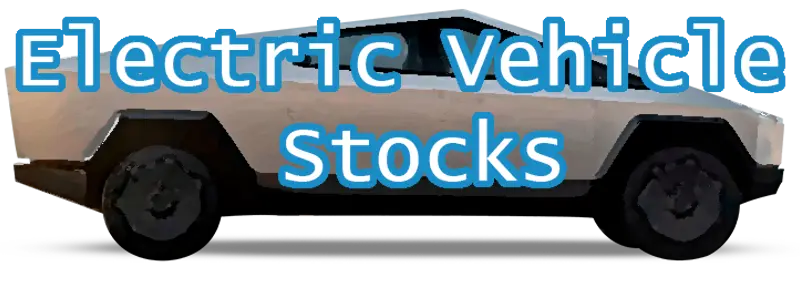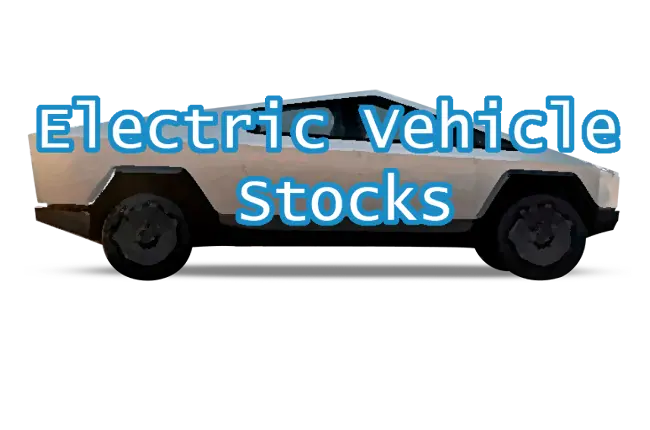Introduction:
The pursuit of sustainable transportation has gained momentum in recent years as the world strives to reduce carbon emissions and combat climate change. At the forefront of this movement are electric vehicles (EVs) and renewable energy sources. The convergence of electric vehicles and renewable energy represents a transformative opportunity to create a more sustainable and environmentally friendly transportation system. In this article, we will explore the intersection of electric vehicles and renewable energy, highlighting the benefits and opportunities that arise from this synergy.
- Emissions Reduction and Clean Energy Transition:
Electric vehicles powered by renewable energy sources offer a significant reduction in greenhouse gas emissions compared to traditional internal combustion engine vehicles. By shifting from fossil fuel-powered vehicles to EVs charged with renewable energy, we can significantly reduce carbon dioxide emissions and air pollution. This transition to clean energy not only benefits the environment but also helps improve air quality and human health in urban areas.
- Integration with the Electric Grid:
Renewable energy sources, such as solar and wind, are inherently intermittent. However, the integration of electric vehicles into the electric grid creates opportunities for energy storage and grid stabilization. Electric vehicle batteries can store excess renewable energy during periods of high generation and release it back to the grid during times of peak demand. This vehicle-to-grid (V2G) integration allows for better utilization of renewable energy resources, enhances grid flexibility, and helps balance electricity supply and demand.
- Synergistic Growth of EVs and Renewables:
The growth of electric vehicles and renewable energy sources is mutually reinforcing. As the adoption of EVs increases, the demand for renewable energy generation also grows. This demand can stimulate investments in renewable energy infrastructure, including solar and wind farms, energy storage systems, and charging infrastructure. Likewise, the expansion of renewable energy capacity supports the growth of electric vehicles by ensuring a cleaner and more sustainable energy supply. The synergy between EVs and renewables drives a positive feedback loop that accelerates the transition to a low-carbon transportation system.
- Renewable Energy for Charging Infrastructure:
The use of renewable energy for charging infrastructure is an essential component of sustainable mobility. Electric vehicle charging stations powered by solar panels or connected to local renewable energy sources contribute to reducing the carbon footprint associated with EV charging. Furthermore, the integration of renewable energy into charging infrastructure can create decentralized and resilient energy systems, reducing reliance on traditional energy grids and promoting energy independence.
- Innovation and Job Creation:
The convergence of electric vehicles and renewable energy drives innovation and job creation. Advancements in battery technology, charging infrastructure, and renewable energy systems create opportunities for research, development, and manufacturing. This technological innovation spurs economic growth, stimulates job creation, and fosters a skilled workforce in the clean energy sector. Furthermore, the combined EV and renewable energy market presents entrepreneurial opportunities, promoting the growth of sustainable mobility startups and businesses.
Conclusion:
The intersection of electric vehicles and renewable energy represents a transformative pathway towards sustainable mobility. By adopting electric vehicles powered by renewable energy, we can significantly reduce emissions, improve air quality, and accelerate the transition to a low-carbon transportation system. The integration of electric vehicles with the electric grid and renewable energy sources enhances grid stability, supports the growth of renewable energy infrastructure, and enables energy storage capabilities. Additionally, the use of renewable energy for charging infrastructure fosters energy independence and reduces reliance on traditional energy grids. Through this convergence, we can achieve a more sustainable, resilient, and cleaner transportation future while driving innovation, economic growth, and job creation in the renewable energy sector.


